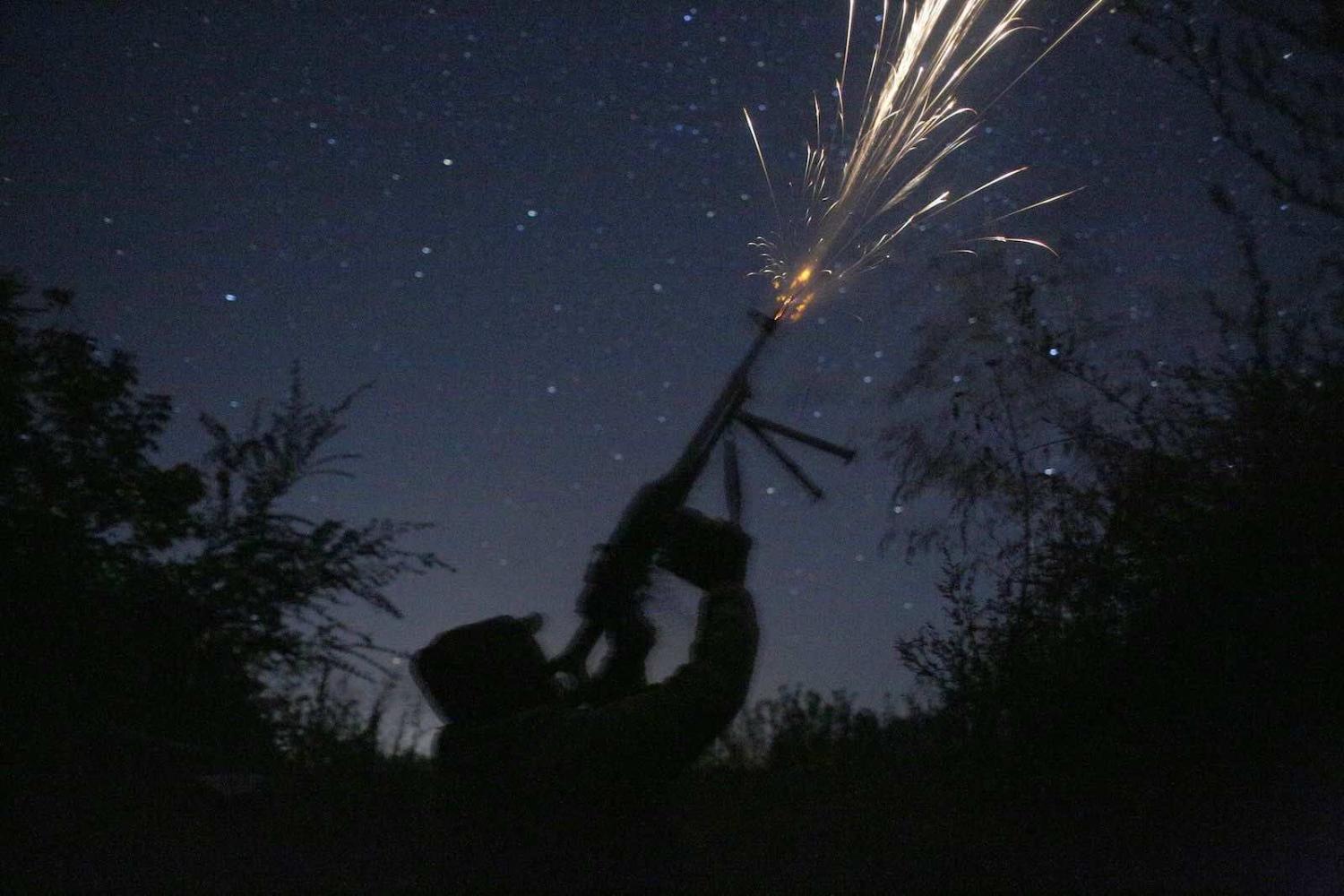Lesson 1: The era of state-on-state conflict is still with us
The idea that war between nations has become an anachronism over the last 40 years has some statistical support, but evidence from the post-Cold War period of relative peace needs to be weighed against hundreds of years of bloodshed before that. And anyway, the statistics are subject to dispute: maybe our current moment is not quite as peaceful as it appears.
Either way, if the idea of one country sending tanks and troops across the borders of another looks archaic to you, then it might be time to “reset your priors”, as policy wonks say. Intimidation and violence still play a key part in international affairs.
Lesson 2: There are limits to US power
The United States has global interests but despite its tremendous strength, it does not have the military resources to enforce its will globally. Russian action in Ukraine exposes these limits. The fact that President Joe Biden has ruled out the use of force illustrates that, although the United States has interests and objectives in Ukraine, they’re not important enough to fight and die for, especially if it means fighting another great power. That’s not a new lesson – the United States did not help Hungary in 1956 or the Czechs in 1968. Why? Because the US regarded the Soviet Union as a great power and …
Lesson 3: Great powers have spheres of influence
US Secretary of State Antony Blinken’s protestations on this point (to ABC journalist Leigh Sales: “you can’t just change the borders of another country by force; you can’t decide for another country its choices, its policies, with whom it will associate; you can’t exert a sphere of influence that tries to subjugate your neighbours to your will.”) are glaringly hypocritical. The United States has exercised a sphere of influence over the Americas since the 1820s. Russia has traditionally had a sphere of influence on its European periphery, and it is now trying to re-establish it.
China will want a sphere of influence in Asia, too.
Lesson 4: Distance is Australia’s biggest defence asset
The exact size and nature of China’s sphere of influence remains to be decided, but Australia will almost certainly lie outside of it. From time to time, politicians and pundits will casually affirm that, because Asia is now the epicentre of global economic and strategic power, Australia has moved from the periphery of global geopolitics, as in the Cold War, to its centre.
The reason Ukraine is so vulnerable is that it shares a long land border with Russia; the distance between Ukraine and its great-power adversary is zero.
But that logic does have some geographical limits. For instance, despite China’s many advances in military technology, it remains difficult and expensive for any nation to project military power over thousands of kilometres. The reason Ukraine is so vulnerable is that it shares a long land border with Russia; the distance between Ukraine and its great-power adversary is zero. Australians are luckier; Sydney to Beijing is further than Berlin to Beijing.
On the other hand, should Indonesia ever realise its great-power potential, or should China ever establish military bases in the Pacific, life for Australia will become a lot more complicated.

Lesson 5: Great power friends are a mixed blessing
Australians might argue that no country would ever make the kind of threats to Australia that Russia has made against Ukraine because we have the United States in our corner. But one reason Ukraine is in this mess is that it has for so long hinted at a move towards NATO membership, and the United States and other NATO members have publicly entertained this idea.
Australia faces a different alliance problem. We are an existing US ally rather than a prospective one, but that too comes with complications, in that it might impose obligations on Australia which we are better off avoiding. If the United States commits itself fully to a course of strategic containment of China, including a steadfast and unambiguous commitment to defend Taiwan, then the alliance becomes a burden for Australia rather than an asset, and we would be justified in considering a future outside it.
“What about the Quad?”, you ask. “Doesn’t it help to also have Japan and India in Australia’s corner?” Oh, please. The Indian government can’t even bring itself to condemn Russia at the United Nations. And why should it? India has important interests to protect with Moscow. If Australia ever faced a security crisis with China, the same grim logic would apply.
Lesson 6: Middle powers can resist coercion from great powers, even without allies
You might say that Russia’s actions in Ukraine demonstrate the opposite argument – without the protection of an alliance with a security collective such as NATO, Ukraine is at Russia’s mercy. That’s true, but we shouldn’t apply this logic crudely to Australia. Don’t forget Lesson 4 about the benefits of distance, and don’t forget that Ukraine has dug an awful hole for itself, economically.
Weakness is provocative. A nation with a limp economy cannot withstand economic coercion and cannot finance a strong defence force. Russia’s military action should be all the motivation Ukraine needs to initiate far-reaching economic reform. It should also be a reminder to the Australian government that economic resilience has been Australia’s most effective tool in blunting Beijing’s coercive tactics.

